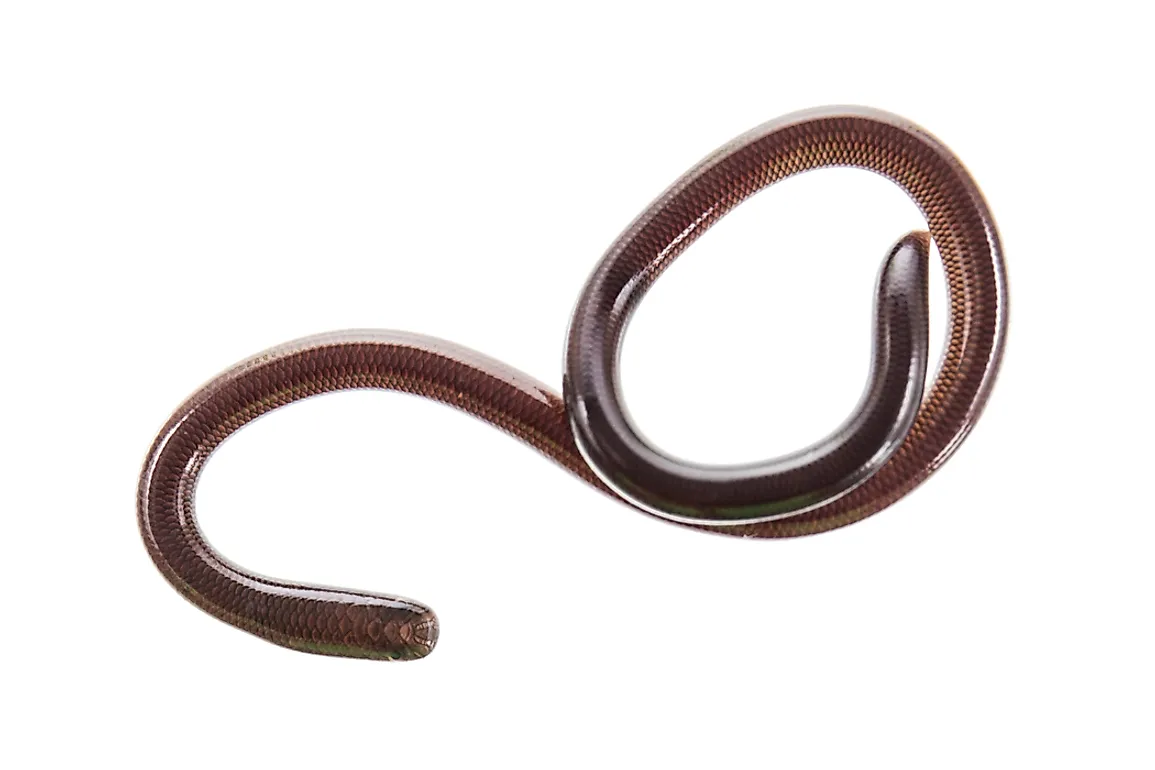The Smallest Snake In The World

The Barbados threadsnake, scientifically known as the Tetracheilostoma carlae is the smallest of all snake species. It belongs to the Leptotyphlopidae family. The tiny snake, identified in 2008, weighs 0.02 ounces on average and measures an average of 3.94 inches long with the longest specimen ever recorded reaching 4.09 inches. The tiny snake has a gray, pink, or mauve color and looks like a shiny earthworm. The snake is described as being as wide as a spaghetti noodle and could easily be mistaken for a worm.
4. Habitat and Range
The snake species is thought to be found in the Caribbean island of Barbados and likely in the eastern forests of Barbados. There are reports that the snake species are also found in the islands of Antigua and Barbuda. The first specimen was found under the rocks in the forest of Barbados. Their living habitats are limited to only a few miles of the secondary forest.
3. Reproduction
This species of snake are oviparous, meaning that they lay eggs for reproduction. The females lay only one egg at a time and when it hatches a young offspring emerges, which is about half the mother’s length. All species of small snakes typically have newborns which are relatively large compared to the adults. Large snakes have young ones which are about one-tenth of the adult’s body length, while small snakes like the Barbados threadsnakes have offspring which are about one-half the size of the adults. The eggs laid by the small snakes are also large in comparison to the size of the parent. The Barbados threadsnake lays a tiny egg which is about the shape and size of a long grain of rice. Other snakes lay more spherical eggs.
2. Diet
Although not much is known about the Barbados threadsnake, it is believed to feed mainly on ants, termites, and other insect larvae found in the soil. This feeding habit is as a result of its habit of burrowing.
1. Conservation
Not much is known concerning the distribution, abundance, or the ecology of this diminutive snake. However, scientists believe that they could be threatened and possibly facing extinction because much of the original forest of Barbados has been cleared. The forest in the eastern part of Barbados covers only 2% of the original cover because much has been converted to agriculture. It is believed that these species require forests habitats for survival. According to the IUCN red list, the species is categorized as a critically endangered species.











